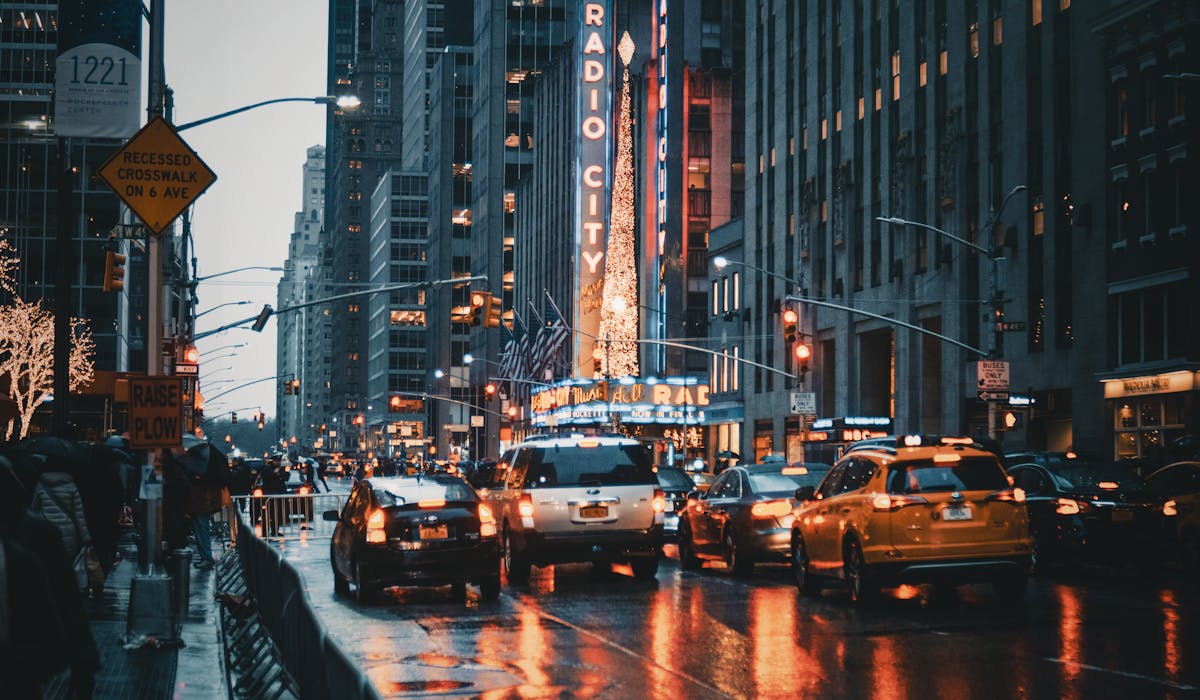Everything about Framing Streets
Everything about Framing Streets
Blog Article
Some Known Facts About Framing Streets.
Table of ContentsWhat Does Framing Streets Mean?Things about Framing StreetsThe 10-Second Trick For Framing StreetsA Biased View of Framing StreetsUnknown Facts About Framing StreetsAll about Framing Streets
, generally with the aim of recording pictures at a decisive or emotional moment by careful framing and timing. https://filesharingtalk.com/members/590940-framingstreets1.
Not known Details About Framing Streets
Susan Sontag, 1977 Street digital photography can focus on people and their actions in public. In this regard, the road digital photographer is comparable to social documentary photographers or photojournalists that also work in public locations, yet with the objective of recording newsworthy events. Any one of these photographers' images might record people and property visible within or from public areas, which typically entails browsing moral concerns and regulations of personal privacy, safety, and property.
Depictions of everyday public life form a genre in almost every period of world art, starting in the pre-historic, Sumerian, Egyptian and early Buddhist art periods. Art taking care of the life of the road, whether within sights of cityscapes, or as the dominant theme, appears in the West in the canon of the Northern Renaissance, Baroque, Rococo, of Romanticism, Realistic look, Impressionism and Post-Impressionism.
The Definitive Guide for Framing Streets
Louis Daguerre: "Blvd du Temple" (1838 or 1839) In 1838 or 1839 the very first photograph of numbers in the street was taped by Louis-Jacques-Mand Daguerre in one of a set of daguerreotype views taken from his workshop window of the Blvd du Temple in Paris. The second, made at the elevation of the day, reveals an uninhabited stretch of road, while the other was taken at concerning 8:00 am, and as Beaumont Newhall reports, "The Blvd, so frequently filled up with a moving bunch of pedestrians and carriages was perfectly singular, except a person that was having his boots brushed.
Consequently his boots and legs were well specified, but he lacks body or head, because these were in motion." Charles Ngre, waterseller Charles Ngre. https://www.tumblr.com/framingstreets1/739107565559037952/framing-streets-is-a-timeless-journey-a-journey?source=share was the very first professional photographer to attain the technical class required to register individuals in motion on the road in Paris in 1851. Professional Photographer John Thomson, a Scotsman collaborating with journalist and social protestor Adolphe Smith, published Road Life in London in twelve monthly installations starting in February 1877
What Does Framing Streets Do?
Eugene Atget is considered a progenitor, not due to the fact that he was the initial of his kind, however as an outcome of the popularisation in the late 1920s of his document of Parisian roads by Berenice Abbott, that was motivated to take on a similar documentation of New York City. [] As the city developed, Atget helped to promote Parisian roads as a deserving topic for digital photography.

Some Known Details About Framing Streets
Martin is the very first tape-recorded digital photographer to do so in London with a masked camera. Mass-Observation was a social study organisation established in 1937 which aimed to tape day-to-day life in Britain and to tape-record the responses of the 'man-in-the-street' to King Edward VIII's abdication in 1936 to marry separation Wallis Simpson, and the sequence of George VI. In between 1946 and 1957 Le Groupe des XV yearly displayed work of this kind. Andre Kertesz. Circus, Budapest, 19 May 1920 Street digital photography created the significant material of two events at the Museum of Modern Art (Mo, MA) in New York curated by Edward Steichen, 5 French Digital Photographers: Brassai; Cartier-Bresson, Doisneau, Ronis, Izis in 1951 to 1952, and Post-war European Digital Photography in 1953, which exported the idea of road digital photography globally.

Framing Streets - Truths
, after that an educator of young children, connected with Evans in 193839.'s 1958 publication,, was substantial; raw and typically out of emphasis, Frank's photos examined mainstream photography of the time, "challenged all the official regulations laid down by Henri Cartier-Bresson and Walker Evans" and "flew in the face of the wholesome pictorialism and sincere photojournalism of American magazines like LIFE and Time".
Report this page